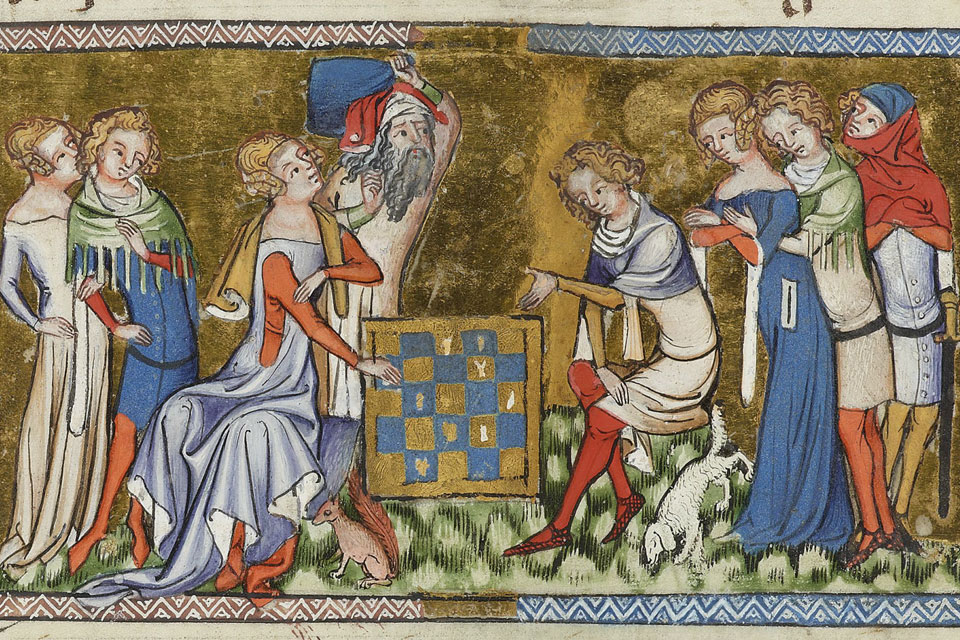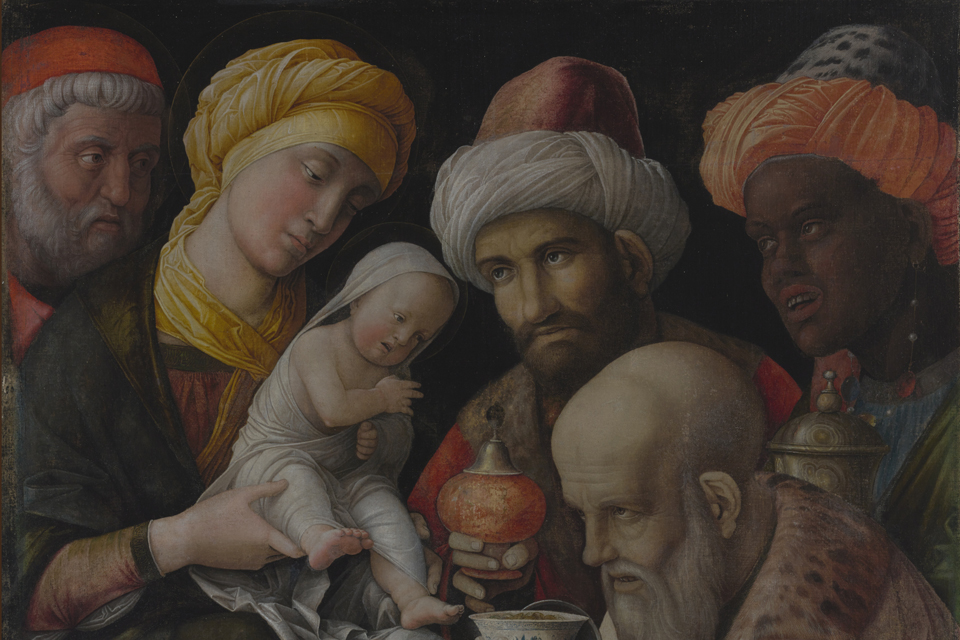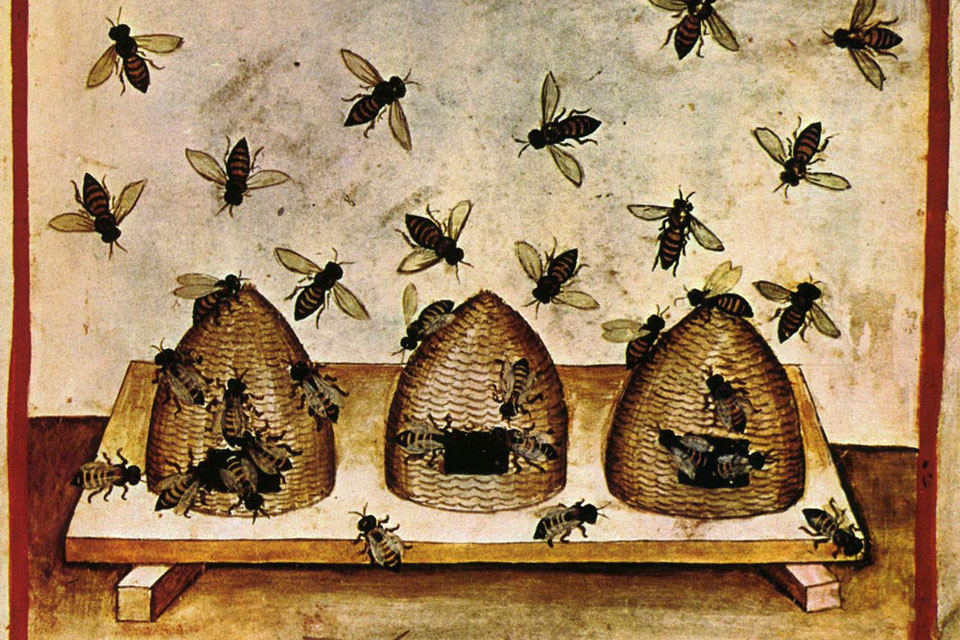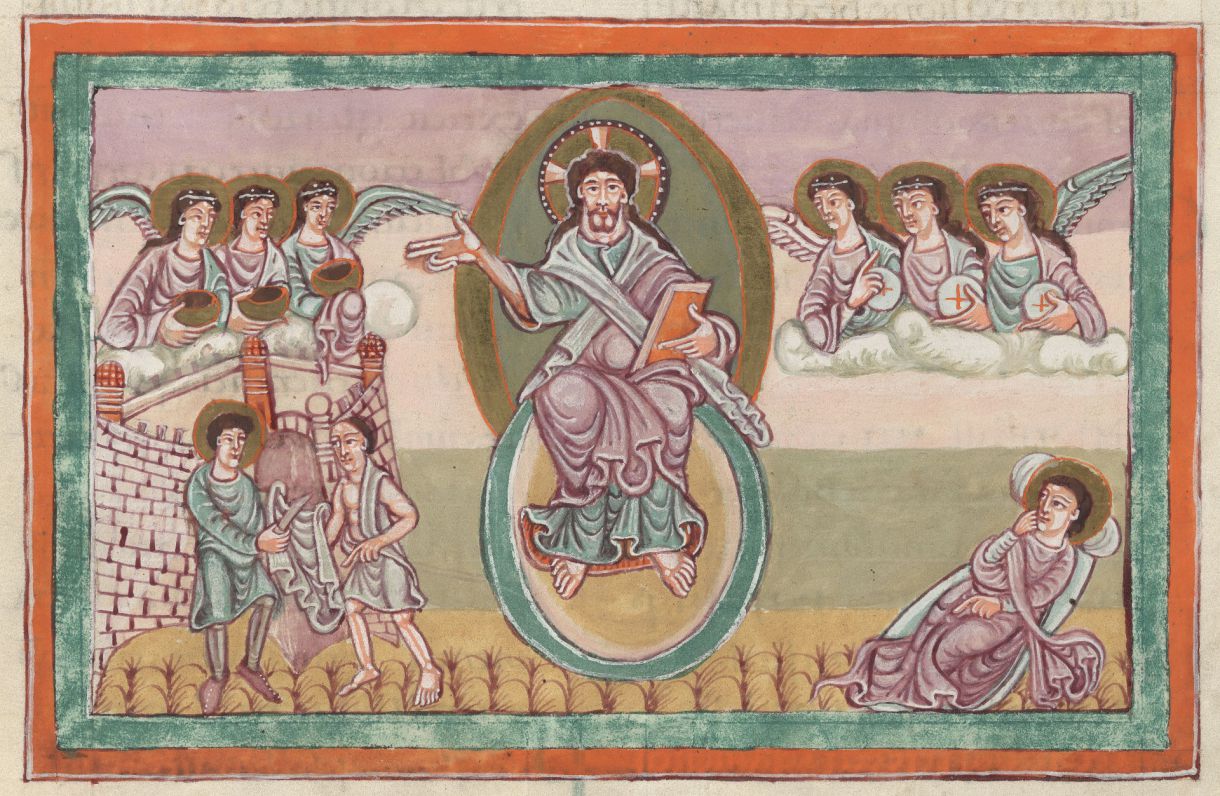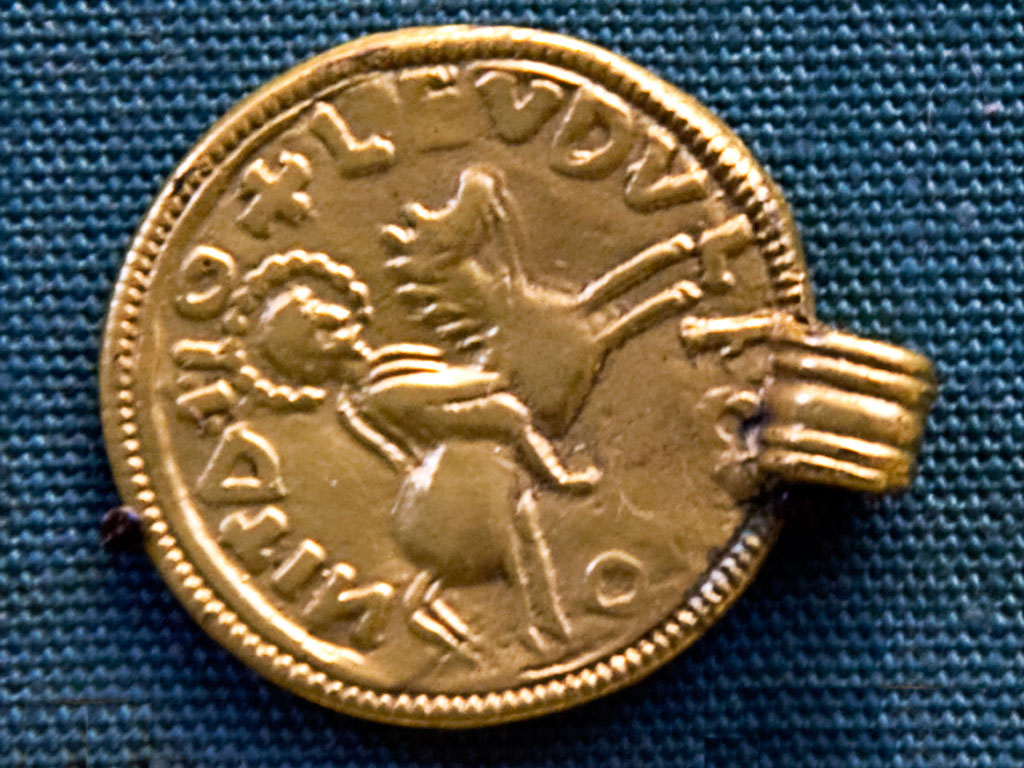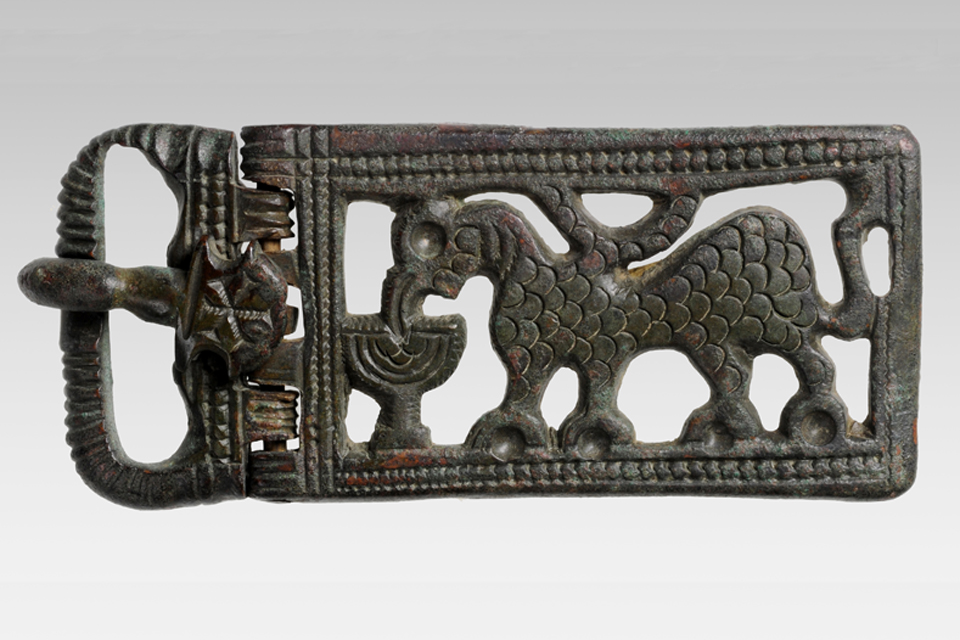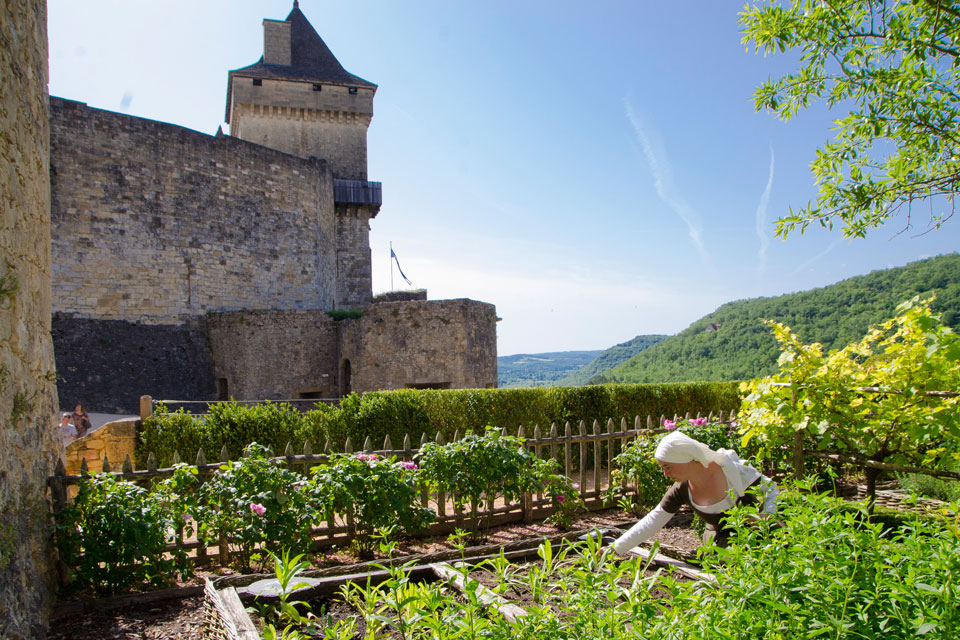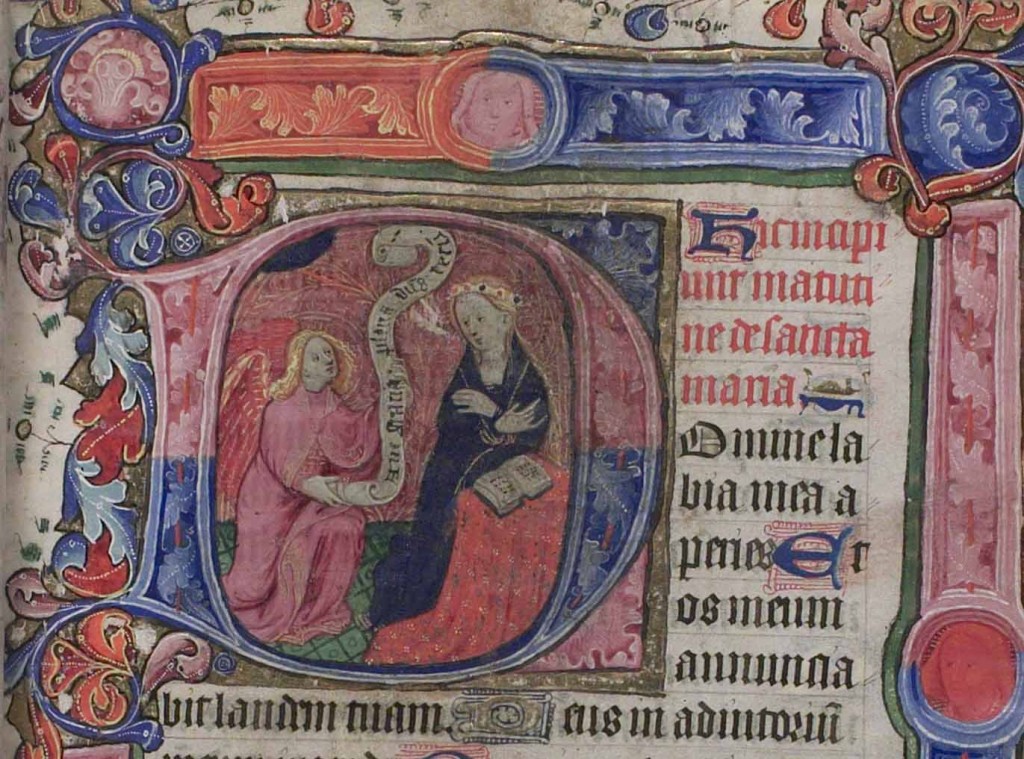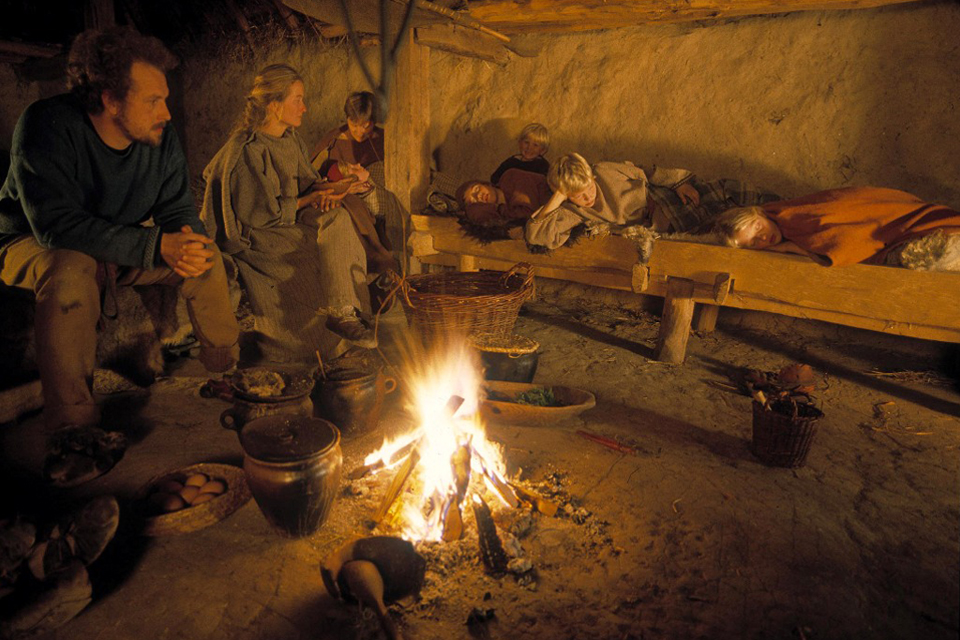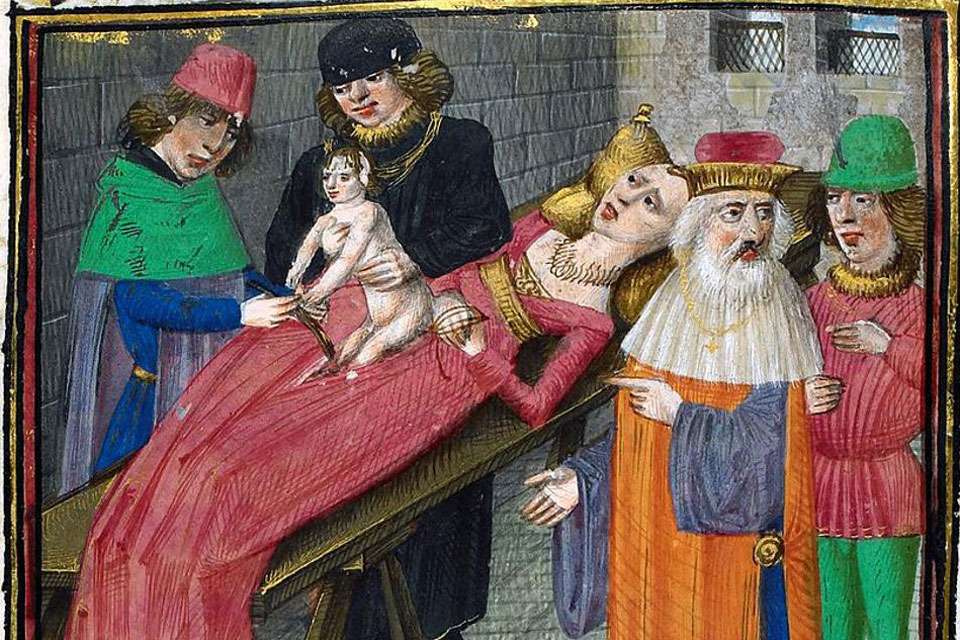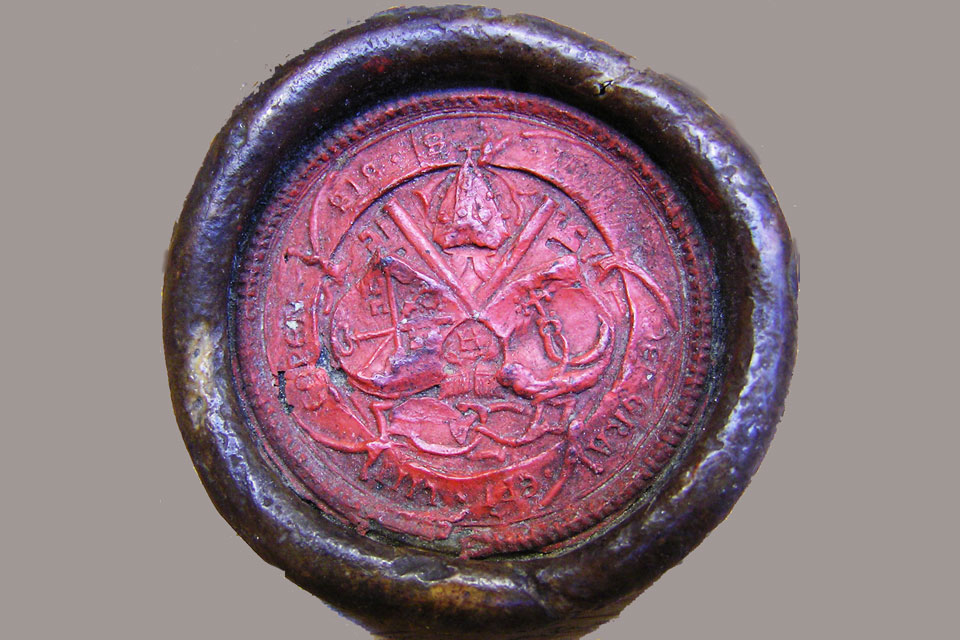St. Martin of Tours was a Roman soldier, who turned into a Christian ascetic. Later he was adopted as a national saint for France as well as a soldier of Christ. His final disguise, though, was as a popular saint and pacifist.
Introductions to the history of St. Martin of Tours
Medieval Music, Legend, and the Cult of St Martin: The Local Foundations of a Universal Saint
By Yossi Maurey
Cambridge University Press, 2. okt. 2014
 St. Martin of Tours was a protector saint of numerous French kings. His was one of the most successful saintly cults in medieval Europe, and the city of Tours functioned as a religious metropolis, drawing pilgrims from all over the continent. Until now, little has been known about how St Martin came to inspire such a lively folkloric tradition, numerous works of art, and the establishment of thousands of churches and numerous confraternities. In this book, Yossi Maurey addresses these questions by focusing on the church dedicated to the saint in Tours, which acted as the crucible for Martin’s cult. Maurey explores the music and liturgy of the cult – the most effective means of its dissemination – to reveal its enormous diffusion and impact. Building a more concrete picture of how saints’ cults operated and shaped medieval realities, this book also provides new insights into the interactions between contemporary religion, art and politics.
St. Martin of Tours was a protector saint of numerous French kings. His was one of the most successful saintly cults in medieval Europe, and the city of Tours functioned as a religious metropolis, drawing pilgrims from all over the continent. Until now, little has been known about how St Martin came to inspire such a lively folkloric tradition, numerous works of art, and the establishment of thousands of churches and numerous confraternities. In this book, Yossi Maurey addresses these questions by focusing on the church dedicated to the saint in Tours, which acted as the crucible for Martin’s cult. Maurey explores the music and liturgy of the cult – the most effective means of its dissemination – to reveal its enormous diffusion and impact. Building a more concrete picture of how saints’ cults operated and shaped medieval realities, this book also provides new insights into the interactions between contemporary religion, art and politics.
Communities of Saint Martin: Legend and Ritual in Medieval Tours
By Sharon Farmer
Cornell University Press 2019 (1991)
 Sharon Farmer here investigates the ways in which three medieval communities—the town of Tours, the basilica of Saint-Martin there, and the abbey of Marmoutier nearby—all defined themselves through the cult of Saint Martin. She demonstrates how in the early Middle Ages the bishops of Tours used the cult of Martin, their fourthcentury predecessor, to shape an idealized image of Tours as Martin’s town. As the heirs to Martin’s see, the bishops projected themselves as the rightful leaders of the community. However, in the late eleventh century, she shows, the canons of Saint-Martin (where the saint’s relics resided) and the monks of Marmoutier (which Martin had founded) took control of the cult and produced new legends and rituals to strengthen their corporate interests. Since the basilica and the abbey differed in their spiritualities, structures, and external ties, the canons and monks elaborated and manipulated Martin’s cult in quite different ways. Farmer shows how one saint’s cult lent itself to these varying uses, and analyzes the strikingly dissimilar Martins that emerged. Her skillful inquiry into the relationship between group identity and cultural expression illuminates the degree to which culture is contested territory. Farmer’s rich blend of social history and hagiography will appeal to a wide range of medievalists, cultural anthropologists, religious historians, and urban historians.
Sharon Farmer here investigates the ways in which three medieval communities—the town of Tours, the basilica of Saint-Martin there, and the abbey of Marmoutier nearby—all defined themselves through the cult of Saint Martin. She demonstrates how in the early Middle Ages the bishops of Tours used the cult of Martin, their fourthcentury predecessor, to shape an idealized image of Tours as Martin’s town. As the heirs to Martin’s see, the bishops projected themselves as the rightful leaders of the community. However, in the late eleventh century, she shows, the canons of Saint-Martin (where the saint’s relics resided) and the monks of Marmoutier (which Martin had founded) took control of the cult and produced new legends and rituals to strengthen their corporate interests. Since the basilica and the abbey differed in their spiritualities, structures, and external ties, the canons and monks elaborated and manipulated Martin’s cult in quite different ways. Farmer shows how one saint’s cult lent itself to these varying uses, and analyzes the strikingly dissimilar Martins that emerged. Her skillful inquiry into the relationship between group identity and cultural expression illuminates the degree to which culture is contested territory. Farmer’s rich blend of social history and hagiography will appeal to a wide range of medievalists, cultural anthropologists, religious historians, and urban historians.
Tours 1500. Capitale des Arts
de Béatrice de Chancel-Bardelot, Pascale Charron, Pierre-Gilles Girault and Jean-Marie Guillouët
Somogy 2012
 As a place of royal residence under Louis XI, Charles VIII and Louis XII, Tours had nevertheless never been a truly important political capital. However during the forty years, from 1480 to 1520, Tours was imagined as the new capital of France. Home to Jean Fouquet and a beloved royal palace it became an artistic hotspot. Breathtaking manuscripts, rare painted panels, tapestries, sculptures, and numerous works by Michel Colombe, Guillaume Regnault, Jean Poyer, Jean Bourdichon, and anonymous masters, Tours became an exceptional crucible for the early Renaissance artists. The book is a catalogue presenting numerous works of art including the splendid miniatures of the Hours of Louis XII, here presented for the first time to the French public. The exhibtion and the book restores the importance of Tours at the time of the pre-Renaissance France..
As a place of royal residence under Louis XI, Charles VIII and Louis XII, Tours had nevertheless never been a truly important political capital. However during the forty years, from 1480 to 1520, Tours was imagined as the new capital of France. Home to Jean Fouquet and a beloved royal palace it became an artistic hotspot. Breathtaking manuscripts, rare painted panels, tapestries, sculptures, and numerous works by Michel Colombe, Guillaume Regnault, Jean Poyer, Jean Bourdichon, and anonymous masters, Tours became an exceptional crucible for the early Renaissance artists. The book is a catalogue presenting numerous works of art including the splendid miniatures of the Hours of Louis XII, here presented for the first time to the French public. The exhibtion and the book restores the importance of Tours at the time of the pre-Renaissance France..
The Old English Lives of St Martin of Tours
Edition and Study
By Mertens, Andre
Universitätsverlag Göttingen 2017
Open Source
 St Martin of Tours is one of Christianity’s major saints and his significance reaches far beyond the powerful radiance of his iconic act of charity. While the saint and his cult have been researched comprehensively in Germany and France, his cult in the British Isles proves to be fairly unexplored. Andre Mertens closes this gap for Anglo-Saxon England by editing all the age’s surviving texts on the saint, including a commentary and translations. Moreover, Mertens looks beyond the horizon of the surviving body of literary relics and dedicates an introductory study to an analysis of the saint’s cult in Anglo-Saxon England and his significance for Anglo-Saxon cultur
St Martin of Tours is one of Christianity’s major saints and his significance reaches far beyond the powerful radiance of his iconic act of charity. While the saint and his cult have been researched comprehensively in Germany and France, his cult in the British Isles proves to be fairly unexplored. Andre Mertens closes this gap for Anglo-Saxon England by editing all the age’s surviving texts on the saint, including a commentary and translations. Moreover, Mertens looks beyond the horizon of the surviving body of literary relics and dedicates an introductory study to an analysis of the saint’s cult in Anglo-Saxon England and his significance for Anglo-Saxon cultur
Soldiers of Christ: Saints and Saints’ Lives from Late Antiquity and the Early Middle Ages
By Thomas F. X. Noble and Thomas Head
The Pennsylvania State University Press 1995

 Soldiers of Christ brings together for the first time in one volume eleven critical writings about the saints from Late Antiquity and the Early Middle Ages.To understand European culture and society in the Middle Ages it is essential to understand the role of Christianity. And there is no better way to understand that role than to study that religion’s greatest human heroes, the saints. For if Christians regarded God as their king, then the saints were the Christian nobility, human members of the divine court. To use one much-repeated phrase, they served as “soldiers of Christ.” The purpose of this volume is topresent in English translation some of the most significant records of the lives of those people considered to be saints. In exploring these works the reader will be presented with rich evidence about the development of religion and society in western Europe from the late Roman empire to the great changes that transformed European society around the year 1000.Each text is newly annotated and prefaced by the editors, and a general introduction on saints and saints’ lives makes the volume ideal for students and general readers. Included are lives of Martin of Tours, Augustine of Hippo, Germanus of Auxerre, Boniface of Crediton, Sturm, Willibrord, Benedict of Aniane, Leoba, Willehad of Northumbria, and Gerald of Aurillac, as well as the Hodoeporicon of Saint Willibald.
Soldiers of Christ brings together for the first time in one volume eleven critical writings about the saints from Late Antiquity and the Early Middle Ages.To understand European culture and society in the Middle Ages it is essential to understand the role of Christianity. And there is no better way to understand that role than to study that religion’s greatest human heroes, the saints. For if Christians regarded God as their king, then the saints were the Christian nobility, human members of the divine court. To use one much-repeated phrase, they served as “soldiers of Christ.” The purpose of this volume is topresent in English translation some of the most significant records of the lives of those people considered to be saints. In exploring these works the reader will be presented with rich evidence about the development of religion and society in western Europe from the late Roman empire to the great changes that transformed European society around the year 1000.Each text is newly annotated and prefaced by the editors, and a general introduction on saints and saints’ lives makes the volume ideal for students and general readers. Included are lives of Martin of Tours, Augustine of Hippo, Germanus of Auxerre, Boniface of Crediton, Sturm, Willibrord, Benedict of Aniane, Leoba, Willehad of Northumbria, and Gerald of Aurillac, as well as the Hodoeporicon of Saint Willibald.
The St. Martin Embroideries: A Fifteenth-century Series Illustrating the Life and Legend of St. Martin of Tours
By Margaret B. Freeman
Metropolotan Museum of Art
 In the Middle Ages pictorial embroidery was considered one of the fine arts, and those who made pictures with needle and thread were often as highly skilled and highly valued as those who made pictures with brush and pigment. Franco-Flemish and Flemish pictorial embroideries of the first half of the fifteenth century are rare today, and a series as extensive and fascinating as the one analyzed here can hardly be equaled. The thirty-seven individual works have been known to scholars and connoisseurs for eighty years or so, and during this time speculation has accumulated as to their origin, purpose, and iconography. The present study resolves at least part of the mystery.
In the Middle Ages pictorial embroidery was considered one of the fine arts, and those who made pictures with needle and thread were often as highly skilled and highly valued as those who made pictures with brush and pigment. Franco-Flemish and Flemish pictorial embroideries of the first half of the fifteenth century are rare today, and a series as extensive and fascinating as the one analyzed here can hardly be equaled. The thirty-seven individual works have been known to scholars and connoisseurs for eighty years or so, and during this time speculation has accumulated as to their origin, purpose, and iconography. The present study resolves at least part of the mystery.
These embroideries celebrate the life and achievements of one of Christendom’s most beloved saints. Admired for his heroism in successful confrontations with emperors, devils, brigands, and pagans, St. Martin, bishop of Tours, is remembered also for his power over nature and his restoration of the dead to life. In this most readable treatise each subject is integrated in the storytelling scheme, the styles of the several artists who made the designs are differentiated, the particular embroidery techniques are discussed, the name of the Burgundian nobleman who may have commissioned the set is sifted out of the historical and artistic evidence, and what is known of the embroideries’ recent history is reported. The discussion is such that it greatly enlarges one’s own knowledge not only of Medieval French, Franco-Flemish, and Flemish embroidery but of painting and manuscript illumination in these regions.
READ THE INTRODUCTION:
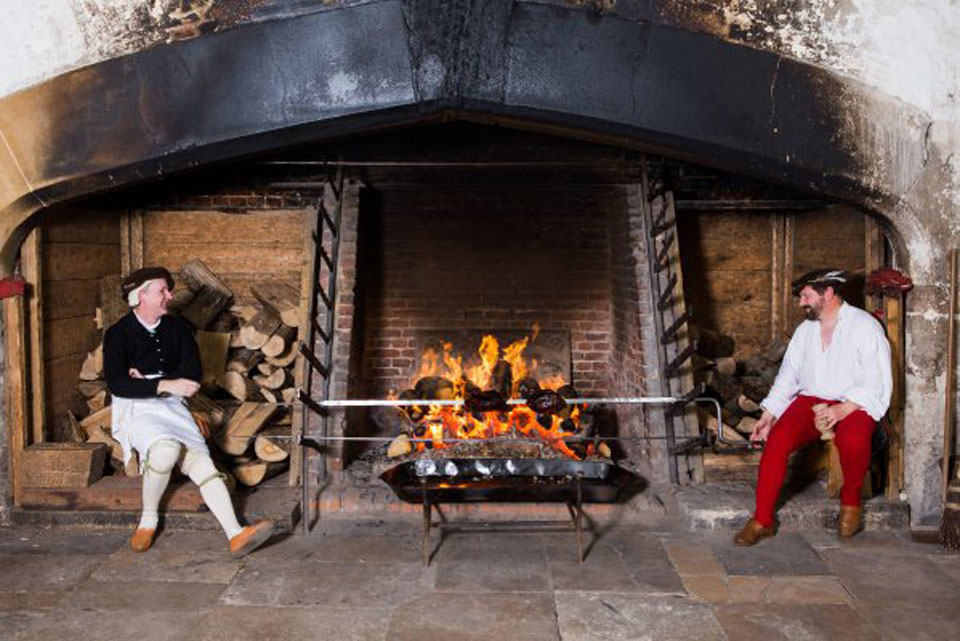
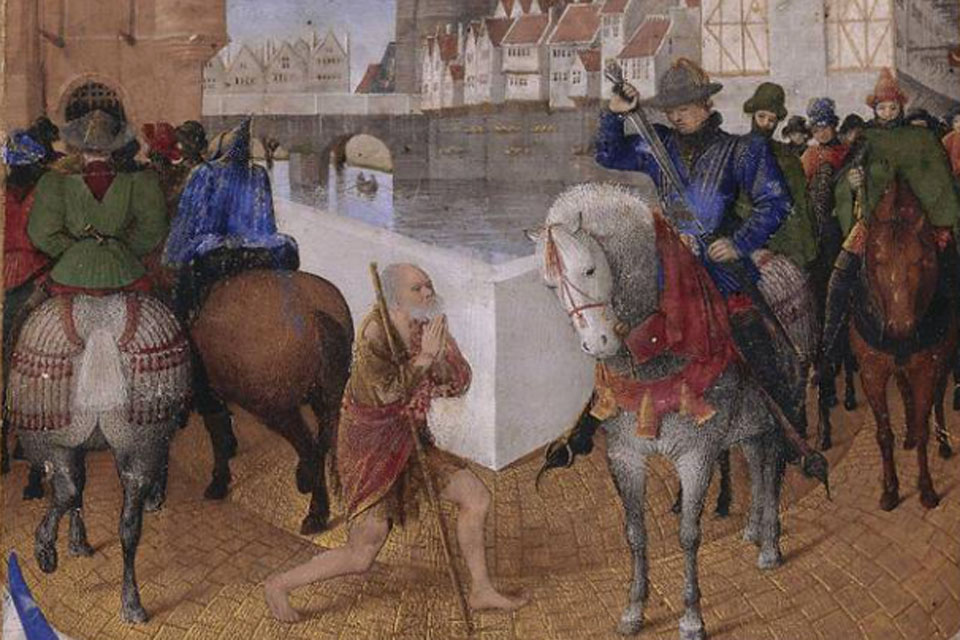


 As a place of royal residence under Louis XI, Charles VIII and Louis XII, Tours had nevertheless never been a truly important political capital. However during the forty years, from 1480 to 1520, Tours was imagined as the new capital of France. Home to Jean Fouquet and a beloved royal palace it became an artistic hotspot. Breathtaking manuscripts, rare painted panels, tapestries, sculptures, and numerous works by Michel Colombe, Guillaume Regnault, Jean Poyer, Jean Bourdichon, and anonymous masters, Tours became an exceptional crucible for the early Renaissance artists. The book is a catalogue presenting numerous works of art including the splendid miniatures of the Hours of Louis XII, here presented for the first time to the French public. The exhibtion and the book restores the importance of Tours at the time of the pre-Renaissance France..
As a place of royal residence under Louis XI, Charles VIII and Louis XII, Tours had nevertheless never been a truly important political capital. However during the forty years, from 1480 to 1520, Tours was imagined as the new capital of France. Home to Jean Fouquet and a beloved royal palace it became an artistic hotspot. Breathtaking manuscripts, rare painted panels, tapestries, sculptures, and numerous works by Michel Colombe, Guillaume Regnault, Jean Poyer, Jean Bourdichon, and anonymous masters, Tours became an exceptional crucible for the early Renaissance artists. The book is a catalogue presenting numerous works of art including the splendid miniatures of the Hours of Louis XII, here presented for the first time to the French public. The exhibtion and the book restores the importance of Tours at the time of the pre-Renaissance France..

 In the Middle Ages pictorial embroidery was considered one of the fine arts, and those who made pictures with needle and thread were often as highly skilled and highly valued as those who made pictures with brush and pigment. Franco-Flemish and Flemish pictorial embroideries of the first half of the fifteenth century are rare today, and a series as extensive and fascinating as the one analyzed here can hardly be equaled. The thirty-seven individual works have been known to scholars and connoisseurs for eighty years or so, and during this time speculation has accumulated as to their origin, purpose, and iconography. The present study resolves at least part of the mystery.
In the Middle Ages pictorial embroidery was considered one of the fine arts, and those who made pictures with needle and thread were often as highly skilled and highly valued as those who made pictures with brush and pigment. Franco-Flemish and Flemish pictorial embroideries of the first half of the fifteenth century are rare today, and a series as extensive and fascinating as the one analyzed here can hardly be equaled. The thirty-seven individual works have been known to scholars and connoisseurs for eighty years or so, and during this time speculation has accumulated as to their origin, purpose, and iconography. The present study resolves at least part of the mystery.